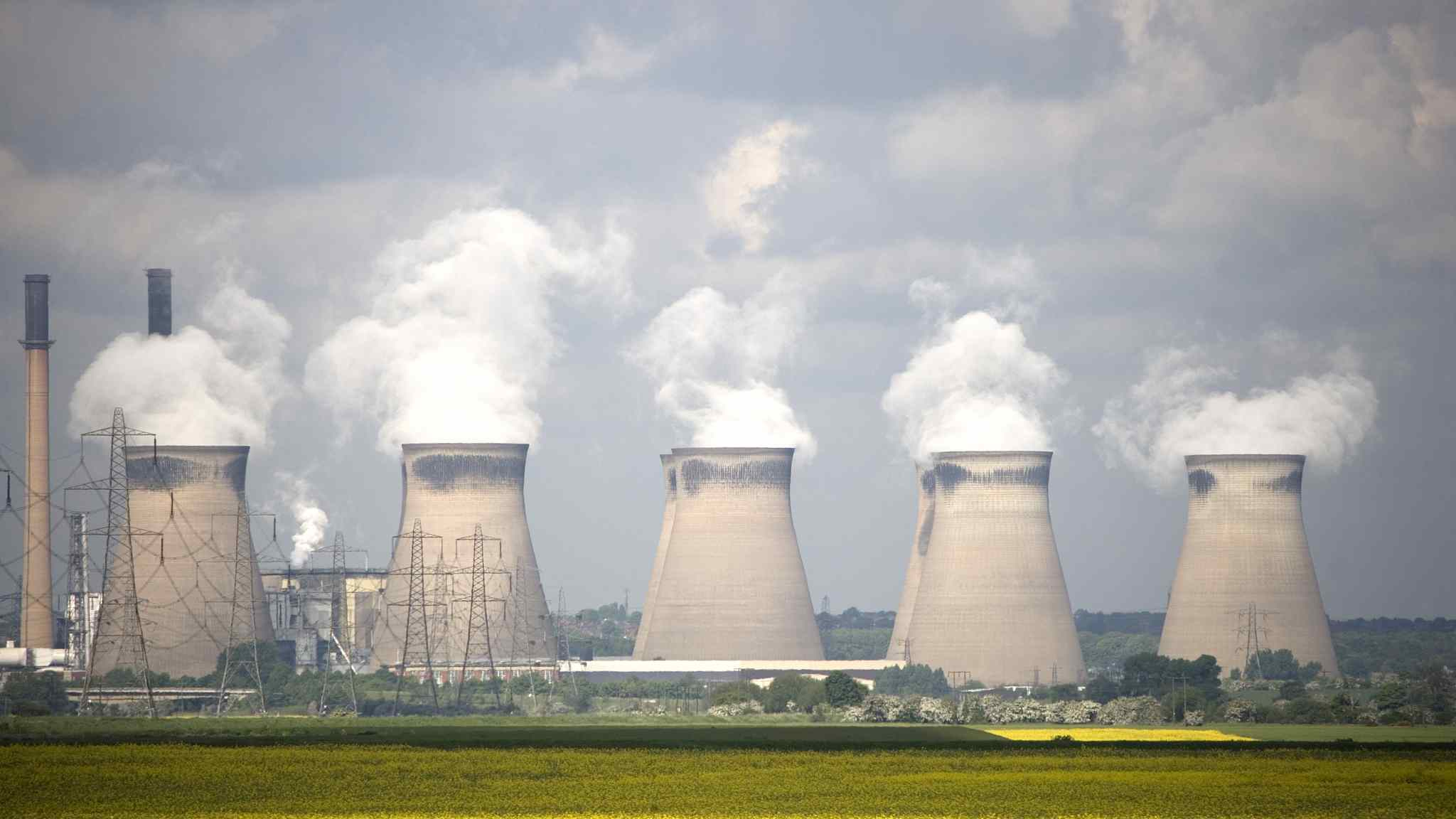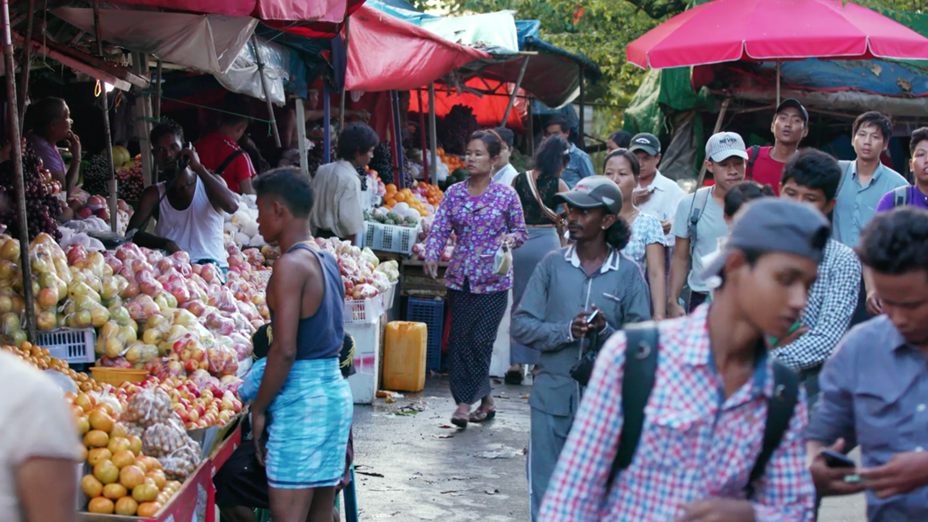
Editor's note: Alexander Ayertey Odonkor is an economic consultant, chartered financial analyst and a chartered economist with an in-depth understanding of the economic landscape of countries in Asia and Africa. The article reflects the author's opinions, and not necessarily the views of CGTN.
Highlights from a recent report of the International Energy Agency (IEA), indicates that in the last two decades, aggregate energy demand in Southeast Asia has increased by more than 80 percent with fossil fuel being the most preferred source of energy.
For a region that hosts one-in-ten of the world's entire population and home to Malaysia, Singapore, the Philippines, Thailand, Cambodia, Indonesia, Vietnam, Brunei, Laos, Myanmar (Burma) and Timor-Leste, Southeast Asia is gradually becoming a net importer of fossil fuel.
In spite of the fact that the region's economic growth has been moderate in recent times, the demand for fuel, specifically oil, has outgrown production. However, the distribution of other alternative sources of energy such as electricity to meet the surging energy demand has been commendable.
Although Southeast Asia is one of the regions with the fastest growth in electricity demand, thus 6 percent per year, the region is expected to achieve a universal access to electricity by 2030. From 2000 till date, millions of people in Southeast Asia have had access to electricity.
Though investments have been made to make electricity accessible to the entire population, there are about 45 million people without electricity in the region. These people have resorted to solid biomass, which is used mostly for cooking.
Apart from the traditional usage of solid biomass, the region's renewable energy capacity serves close to 15 percent of Southeast Asia's energy demand. Even though the region exploits other sources for generating energy such as bioenergy and hydropower, the contribution of solar photovoltaics and wind energy in serving the rising energy demand has been comparatively minimal.
In Southeast Asia, the use of oil for generating power has propelled economic growth significantly, proving to be an essential source of power for diverse industries and the transportation sector in the region.
Despite the importance of relying on oil to generate power for industries and foster development, there are perilous outcomes for using this power source on such an enormous scale. With fossil fuel being the most demanded form of fuel in the region's energy mix, it is not surprising that carbon dioxide (CO2) emission, the largest constituent of greenhouse gas emission has been on the rise.
The upswing in carbon dioxide emission, the principal product of combustion of fossil fuel has catastrophic effect on the climate and health condition of the people in the region. In 2018, Southeast Asia recorded a total of 450,000 premature deaths as a result of energy-related air pollution and they can reach at least 650,000 by 2040.
According to the Asian Development Bank (ADB), Southeast Asia recorded the fastest growth for carbon dioxide emissions in the world between 1990 and 2010. Excessive reliance on fossil fuel, deforestation and land degradation are the three main drivers of the upsurge in carbon dioxide emissions in the region.
With Southeast Asia regarded to be one of the highly vulnerable regions to climate change, the continuous increase of carbon dioxide emissions emanating from the burning of fossil fuel contributes to higher temperature levels, escalation of droughts, floods and storms which will inevitably have a negative impact on food security and the standard of living.

A market in Southeast Asia. /CGTN
A market in Southeast Asia. /CGTN
Without effective measures to address the inefficient energy usage and replace carbon-intensive fuels with clean energy, average temperature levels in the region have been rising since 1960. The continuous change in temperature has increased the prevalence of tropical diseases, such as malaria and dengue fever in a country such as Laos, where few cases of such diseases were recorded in the past.
Concurrently, the rise in temperature accounts for a decline in crop yield in the Philippines, Vietnam, Thailand and Indonesia particularly for rice farmers. Quite recently, Thailand, the Philippines, Myanmar and Vietnam were ranked among the world's top ten countries that have suffered severely from climate change in the last 20 years with the World Bank listing Vietnam among the top five countries likely to experience the worst impact of global warming in the future.
As climate change continues to cause havoc in the region's key sectors such agriculture, fishing, tourism together with the health and the productivity of the human capital, Southeast Asia's Gross Domestic Product (GDP) could shrink by 11 percent if appropriate economic measures are not implemented by the end of the century.
Consecutive efforts to curb, carbon dioxide emissions and rely on clean energy alternatives across countries in the area has not yielded the desired outcome as policies implemented by Governments have been undermined by unbridled usage of coal and oil.
It is imperative for Governments in the region to act swiftly to mitigate the devastating economic and health challenges carbon dioxide emissions poses to countries in Southeast Asia. Evidently, Malaysia, the Philippines, Indonesia, Thailand and other countries in the region have implemented policies to minimize carbon-emissions.
For instance in 2008, Thailand mapped out a Strategic Plan on Climate Change. This was also followed by a Climate Change Master Plan for 2014-2050, which focuses on reducing greenhouse gas emissions. Similarly, in 2009, the Philippines announced a Climate Change Act and created the Climate Change Commissioning under the Office of the President with mitigation-related policies evident in the sector plans of the energy, transport and agriculture sector.
Clearly, countries in Southeast Asia are allocating resources to key sectors in an attempt to mitigate carbon-emissions but to move the entire region towards a sustainable strategy to reduce carbon dioxide emissions will require concerted action across all sections of the energy sector and developing low-carbon emitting technologies for the transport sector. The development of green transportation and the adoption of green technology, especially in the energy sector, will catalyze the shift towards climate-resilient economic growth in Southeast Asia.
(If you want to contribute and have specific expertise, please contact us at opinions@cgtn.com.)